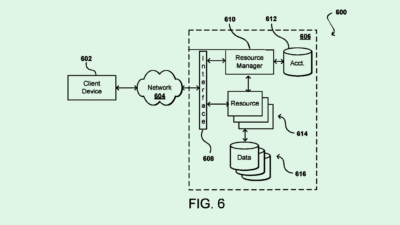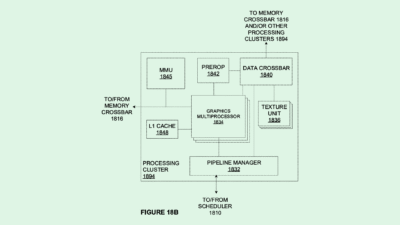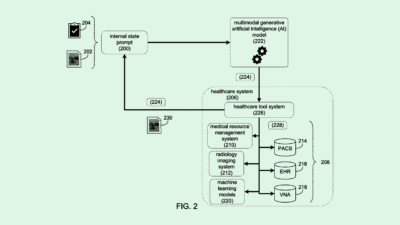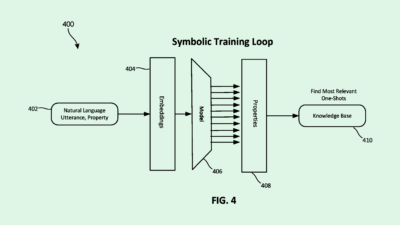Entering the Agentic Age
Amit Zavery, COO of ServiceNow, talks about the company’s investment in agentic AI, roadblocks to agent adoption and why agents need people.

Sign up to get cutting-edge insights and deep dives into innovation and technology trends impacting CIOs and IT leaders.
When ServiceNow reported its third-quarter earnings in late October, executives emphasized how its focus on agentic AI is paying off in projects, from the launch of AI Experience — a user interface for enterprise AI — to the Zurich platform release, which enables agentic AI to move faster and scale securely.
To find out more about ServiceNow’s strategy, CIO Upside interviewed Amit Zavery, the company’s president, chief product officer, and COO. He discussed the roadblocks to agent adoption, scaling methods, why agents need people and not the other way around, and what the future of agentic AI may look like.
This interview has been lightly edited for clarity.
As enterprises and your customers are adopting agents, what are the main hurdles that they’re encountering?
Most of the customers we talk to are trying to get help in terms of understanding where to start, what to do, and how to approach AI in general for their use cases. In a lot of the conversations, we help them with a package. We have more than 100+ agentic workflows and processes built out of the box. You can just get going. And once you start with that, they start seeing value, they get a little more confident. They also get outcomes, which they can now replicate with other areas — they can start seeing more patterns.
The technology has come a long way. What we are able to do now — with thousands of customers using AI capabilities on the ServiceNow platform — the ability to go live, the ability to get value and some ROI quickly is there. With many of the customers, the volume of agentic usage quarter-over-quarter has gone up 6x. That’s really showing us that customers are not worried about the technology itself. It’s a lot of times just helping them through their thinking and the use cases and making it more prescriptive.
How can enterprises that are using these agents go from pilot programs to scale?
Before, a lot of customers were experimenting with “spare bots,” taking pieces of technologies from multiple places: some from open-source, some from other vendors. But it was never thought out as an end-to-end solution, so it became very hard for many of these customers to really keep up with the evolution in this space.
A lot of the failures, which we saw with customers who talk about not getting value out of AI, were really due to the spare-part approach. The ones who’ve been successful going into production and getting all these things working for them are using the platform approach: going with a partner who can really provide the full building blocks with built-out solutions so that they don’t have to keep up with all the technology changes, and then really not be able to drive value out of it. That has been a big change, going with the platform-first approach where AI is built in, not built from the side: It’s really inside the product itself.
Everyone I talk to nowadays, when they want to go to production, they worry about security, risk, compliance, trust, safety, regulatory stuff. That’s the big delta where we have launched a product called AI Control Tower — our customer base quadrupled quarter-over-quarter in that area because it resonates with everyone who wants to go to production.
They want to have control, they want to have visibility, they want to do lifecycle management of AI — not just from AI provided by ServiceNow, but other vendors — in one place. When they think about going live, going to production, using not just what we provide, but a broader technology stack, they can have a centralized way for managing that. We’re treating AI as another asset, and we can track it and manage the lifecycle. So the big lift belief is: Can you manage it? Can you control it? Can you have a lifecycle around it? And can you really ensure what you’re doing with AI is doing the right thing and giving you value? That push has changed a lot of production outcomes for many customers, so they’re getting a little more comfortable moving aggressively, because now they feel like they have visibility and control over it.
In the context of your most recent earnings report, how do you see agentic AI evolving?
Our differentiation from what we can do end-to-end using AI data and workflow, all coming together with this idea of AI Control Tower, is driving the uptake, as well as the growth, as well as a lot of interesting and new use cases. We feel very excited about what we are seeing from our customer base, and the new customers approaching us to take a platform-first approach, driven by Control Tower, and then differentiation through workflow. We have been doing that for 20+ years, bringing that data and the know-how — how to automate systems, how to connect them, east to west, north to south, across all the different parts of the business organization, and then be able to calculate value and ROI on it — while being very open in an ecosystem provider.
I saw your recent LinkedIn post about people not needing agents, but agents needing people. How would you say they can work best together?
There was, of course, the “swivel chair” thing before, where people used to log into multiple systems to do any tasks. Over time, we were able to automate those things using what we provide in our workflows for various departments — IT, security, risk, HR, customer service, and others — but the experiences were still a little broken up. So what we created was an AI experience with multimodal and multilingual, dynamically created for all the different personas.
It’s just not about AI agents when you go and try to do a task. When people start looking at AI agents, they realize the context is a lot of human brains inside a company. Every process is not documented. Our exceptions are not very clear. All the rules and policies are not like a playbook. That is never the case in reality. It’s not a consumer world: The enterprise world is very complex.
AI agents do a lot of the removing of the pain points of repetitive tasks or helping you understand content or documents — but now you need to overlay that with human context. This is where we bring this idea that AI agents are great, but you need a human in the loop and bringing the business context to that particular process to have a recipe for success.
We have to work together with AI agents to really improve the way you operate, but then also make sure that you are getting the value really based on what the business is trying to do versus what that particular AI agent might think you should be doing.











